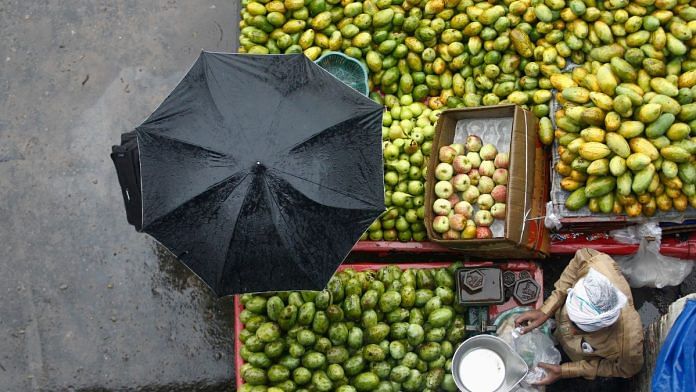Mumbai/New Delhi: India is likely to receive above-average monsoon rains this year, the weather office said on Monday, retaining its April forecast and keeping alive the possibility of higher farm output and economic growth in Asia’s third-biggest economy.
This year’s monsoon rains are expected to be 106% of the long-term average, Mrutyunjay Mohapatra, director-general of the India Meteorological Department (IMD) told a virtual news conference.
The IMD defines average or normal rainfall as between 96% and 104% of a 50-year average of 87 cm (35 inches) for the four-month season beginning June.
The monsoon, critical for India’s nearly $3.5 trillion economy, delivers almost 70% of the rain needed to water crops and replenish reservoirs and aquifers.
Nearly half of India’s farmland, without any irrigation, depends on the June-September rains to grow a number of crops such as rice, corn, cotton, soybeans and sugar cane.
Plentiful rains could lift farm output and wider economic growth, helping to bring down food price inflation, which has remained above the central bank’s comfort level in recent months and prompted it to resist cutting lending rates.
Mohapatra said the La Niña weather phenomenon, which increases rainfall in India, would set in during July and September, boosting rainfall across the country.
India’s rice and rubber growing states in the south, and soybean, pulse, cotton and sugar cane growing central states, are likely to receive above-average monsoon rains during the season, Mohapatra said.
Key rice-growing states in the northeast could receive below-average rains, he said.
Below-average rains in 2023 depleted reservoir levels and hit food production. The government responded by imposing curbs on exports of sugar, rice, onions, and wheat.
Resuming exports depends on how quickly production recovers in 2024, which is not possible without good monsoon rainfall.
India is the world’s second-biggest producer of wheat, rice, and sugar, and the biggest importer of palm oil, soyoil, and sunflower oil.
The monsoon is forecast to hit the Kerala coast in the southwest on May 31.
India is likely to receive average rains in June, although maximum temperatures in the month are likely to remain above normal, Mohapatra said.
The northwestern parts of the country could see heat wave conditions for four to six days in June, compared with the normal three heat wave days, he said.
(Reporting by Rajendra Jadhav and Mayank Bhardwaj; Editing by Mark Potter)
Disclaimer: This report is auto generated from the Reuters news service. ThePrint holds no responsibility for its content.
Also read: Northwest & central India under severe heat spell, high night time temperatures most worrying



